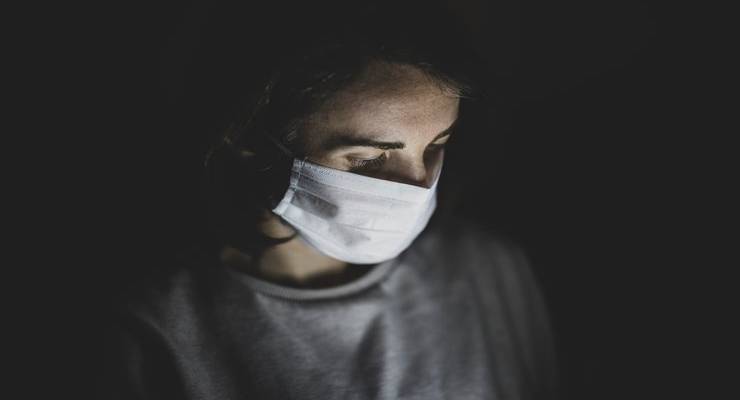
It may be difficult to fully understand the coronavirus isolation precautions that are currently in place, given we are inundated with new information about COVID-19 on a daily basis.
There are are a few instances in which you will need to go into isolation, or “self-isolation”. If you have been advised to do so, or you are concerned you have coronavirus, you will need to remain indoors and avoid contact with other people as much as possible for a minimum of 14 days.
Those who arrived in Australia after March 15 were required to self-isolate. As Australia has shut down international arrivals, this period has passed for most people, however, those who need to cross state borders will also be required to self-isolate for 14 days in certain states.
Coronavirus isolation precautions
- Coronavirus isolation precautions| You have coronavirus
- Coronavirus isolation precautions | You have come into contact with someone who has coronavirus
- Coronavirus isolation precautions | You have travelled across state borders
Coronavirus isolation precautions | You have coronavirus
If you have coronavirus, or you suspect you have coronavirus, but you are well enough to be treated at home, the Department of Health recommends self-isolation in the home, under the circumstances where:
- You are well enough to receive care at home
- You have appropriate caregivers at home
- There is a separate bedroom where they can recover without sharing an immediate space with others
- You have access to food and other necessities
- You (and anyone who lives in the same home) have access to the recommended personal protective equipment (at a minimum, gloves and mask)
- You do not live with household members who may be at increased risk of complications from novel coronavirus infection (e.g. people over the age of 65, young children, pregnant women, people who are immunocompromised or who have chronic heart, lung, or kidney conditions).
If you are in isolation but need to use communal spaces such as the bathroom, wear a mask and gloves when you leave the room you are isolating in. Wipe down all surfaces you have touched after use and try to spend minimal time outside of your isolation zone.
If you are in isolation, you cannot go to public places, even if it is for essential items. You cannot have visitors over to your house. If you have a confirmed case of coronavirus and you need to travel to your isolation location, you should not take public transport as this puts the wider public at risk. If you have no form of private transport and you have no choice but to take public transport, ensure you stand a minimum of 1.5 metres away from other passengers, cough/sneeze into your elbow and practice good hand hygiene.
Coronavirus isolation precautions | You have come into contact with someone who has a confirmed case of coronavirus
If you are looking after a loved one who has a confirmed case of coronavirus, or you know you have been in close contact with someone who has coronavirus, you will need to self-isolate, and the same guidelines as above will apply to you.
The duration of your isolation will depend on a number of variables; you will be contacted by your public health unit who will confirm how long you will need to spend in isolation.
Coronavirus isolation precautions | You have travelled across state borders
Some Australian states and territories have closed their borders, with minimal exceptions allowed for travelling across states, including:
- Employment
- Emergency services
- Medical appointments
- Freight delivery
- Compassionate reasons.
Victoria, New South Wales and the Australian Captial Territory do not have border restrictions in place at this time, however, you will be subject to the border rules of other states and territories.
Since April 3, Queensland’s border has been closed to everyone, excluding essential workers and residents. These border restrictions still remain in place; to cross the border, you will need to hold a border pass or proof you are travelling for the purposes as outlined above.
To enter Western Australia you will need to agree to self-isolate for 14 days with proof you are capable of doing so. The same guideline applies to South Australia, Tasmania and the Northern Territory.
Read: What are the signs and symptoms of coronavirus?








Crikey is committed to hosting lively discussions. Help us keep the conversation useful, interesting and welcoming. We aim to publish comments quickly in the interest of promoting robust conversation, but we’re a small team and we deploy filters to protect against legal risk. Occasionally your comment may be held up while we review, but we’re working as fast as we can to keep the conversation rolling.
The Crikey comment section is members-only content. Please subscribe to leave a comment.
The Crikey comment section is members-only content. Please login to leave a comment.